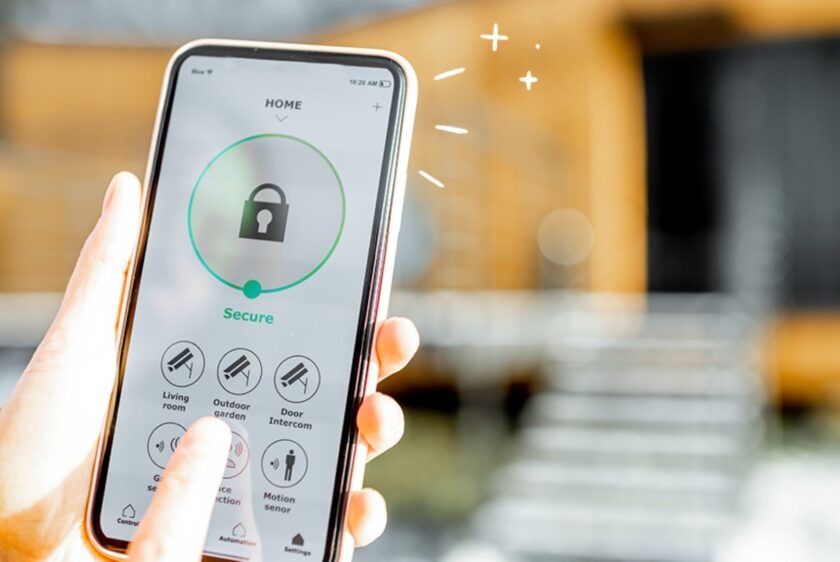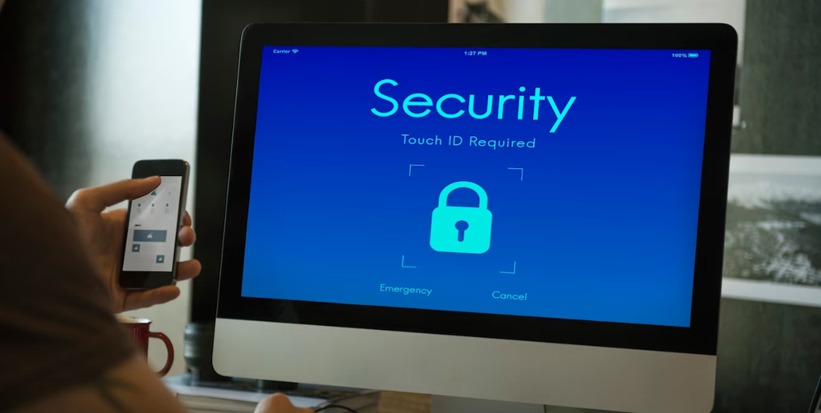Cyberattacks grow more sophisticated daily, but managed security service providers (MSSPs) level the playing field for organizations of all sizes. Here’s how these solutions transform security postures:

1. Enterprise-Grade Protection at Fractional Costs
MSSPs spread cutting-edge tools (SIEM, EDR, firewalls) across multiple clients, making advanced defenses affordable for SMBs that couldn’t otherwise access them.
2. 24/7 Threat Hunting & Monitoring
With security operations centers (SOCs) staffed round-the-clock, managed services detect and neutralize threats while your team sleeps—critical for stopping ransomware or data breaches in progress.
3. Compliance Made Turnkey
Providers pre-configure controls for HIPAA, PCI DSS, or GDPR requirements, streamlining audits and avoiding six-figure penalty risks.
4. Instant Access to Cybersecurity Talent
The global security skills shortage leaves many companies vulnerable. MSSPs provide certified experts (CISSPs, ethical hackers) without recruitment headaches or training costs.
5. Predictable Budgeting
Flat-rate subscriptions eliminate surprise costs from breaches or tool sprawl, with most providers offering breach protection guarantees.
6. Proactive Threat Intelligence
Leveraging insights from thousands of clients, MSSPs identify emerging attack patterns (like zero-days or phishing campaigns) before they reach your network.
7. Rapid Incident Response
When breaches occur, dedicated teams contain damage within minutes—not days—minimizing downtime and PR fallout.
Choosing the Right Provider
-
Look for:
✔ SOC 2 Type II certification
✔ Experience in your industry
✔ Clear response time SLAs
✔ Transparent reporting dashboards -
Avoid:
❌ "One-size-fits-all" packages
❌ Lack of 24/7 support
❌ Vague escalation procedures
Managed cybersecurity solutions have evolved from luxury to necessity. By combining military-grade tools with human expertise at predictable costs, they allow businesses to focus on innovation rather than intrusion attempts. In today’s threat landscape, the question isn’t whether you can afford managed security—it’s whether you can afford the alternative.





